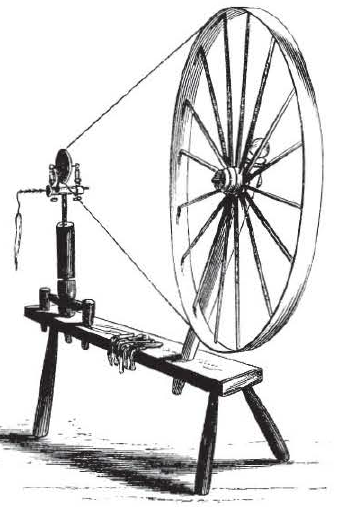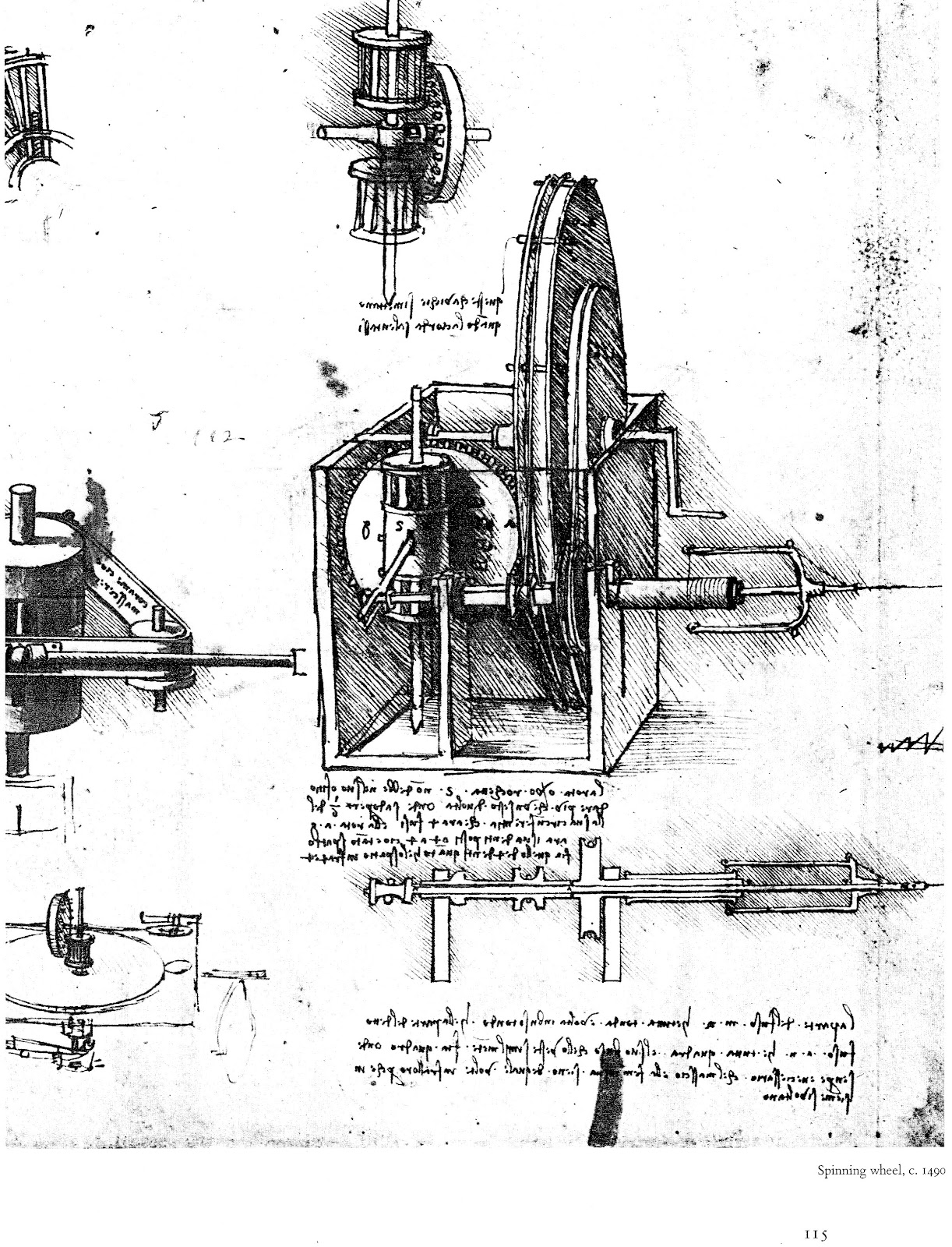Propose a Final Project: a spinning wheel
background
I've been involved with the fiber arts for a very long time; I've been knitting for almost a decade now, I've been crocheting for almost as long, and, about five years ago, I was able to get into spinning when a friend lent me her beautiful spinning wheel.
I think that I fell in love with this particular craft for two reasons. First, the rhythmic motion of the treadle, the whirring of the wheel, and the focus on the material are very meditative. Second, there is something so satisfying to turn a raw useless material into a final product.
After looking into it, I realized that I would probably never be able to afford a new (or even used) wheel. So, a year ago, in a furniture making class, I attempted to construct a spinning wheel using off-the-shelf parts along with custom-made steam-bent wood. Of course I over-engineered it, over-thought the problem, and it failed... Time to start again. Yet, over this experience, I learned a lot about the engineering of the spinning wheel as well as its history. For instance, Leonardo Di Vinci had attempted to design the first, true spinning wheel, yet, he never actual made one.
history of spinning
When Di Vinci designed his spinning wheel, he tried to leapfrog in the mechanical evolution of things. Behind him lay what humans had used for the longest time to spin loose fiber into usable yarn/thread.

Wikimedia
Drop spindles were one of the first ways to make thread. A shaft would be spun while connected to a lot of fiber. The weight of the shaft would pull the fibers into a thin tread, which would then be twisted by the connection of the fibers with the end of the shaft. Once a length of thread had be spun, it would then be wrapped (manually) onto the shaft.

from: http://joyofhandspinning.com/styles-of-the-spinning-wheel/
Drop spindles were mechanized into the spindle wheel. This device spun the spindle via a pulley system. The large wheel was hand spun by the spinner, who stood up during the action.

from: http://fingerpaintinggenius.blogspot.in/2012/05/week-13-keew-sdrawkcab.html
Da Vinci, on the other hand, decided that the discontinuous process of spinning a length of thread and only then wrapping it was rather inefficient. Da Vinci designed a theoretical wheel which could spin and wrap thread more-or-less at the same time. In addition to that, it could properly distribute th new thread onto a bobbin, which, once full, would be ready for immediate use when weaving! This mechanism, known as a Piccadilly Flier, wouldn't be used until much later.
The first makers of spinning wheels -- a name that indicates that the machine spins and feeds the new thread onto a bobbin -- where in northern Europe, and lived only after Da Vinci had passed. Their wheels are more-or-less the same that we use today for hand spinning, and, unlike da Vinci's, do not have the Piccadilly Flier.